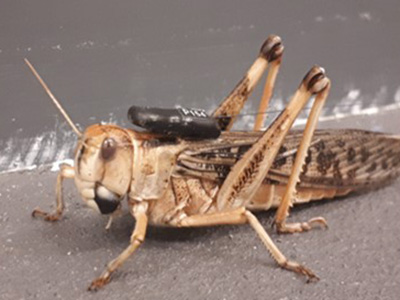We study the physiology of heat and cold tolerance in insects using an integrative and comparative approach. Our research aims to understand how thermal extremes challenge the ability of insects to maintain physiological homeostasis and how some species have adapted to preserve “normal” cellular/physiological function at high or low temperature. Thus by comparing physiological responses to temperature extremes between species we aim to identify the physiological adaptations that are responsible for interspecific variance in insect thermal tolerance. Current studies in the lab focus on osmoregulation, neuromuscular physiology, membrane adaptations and mitochondrial respiration. The research is integrative, covering studies at the level of whole organism, organ, cell and molecule and the studies will typically apply a comparative approach (using various Drosophila species) to understand the evolutionary origin of physiological adaptations.

The ability to balance ion and water excretion is the foundation for extracellular homeostasis. Cold exposure slows active transport and challenges homeostatic regulation and in our lab we study how different insect species have adapted their physiological capacity to overcome this challenge. The photo shows an experimental setup to study temperature effects on ion-transport rates in hindgut of Drosophila.

Measurements of insect thermal tolerance are often performed in the lab under conditions that do not consider how insect behaviour. Behavioral thermoregulation can help insects to avoid thermal stress in their natural and heterogeneous thermal environment. To study this we use temperature sensitive radio transmitters that sample the insects natural thermal preference.